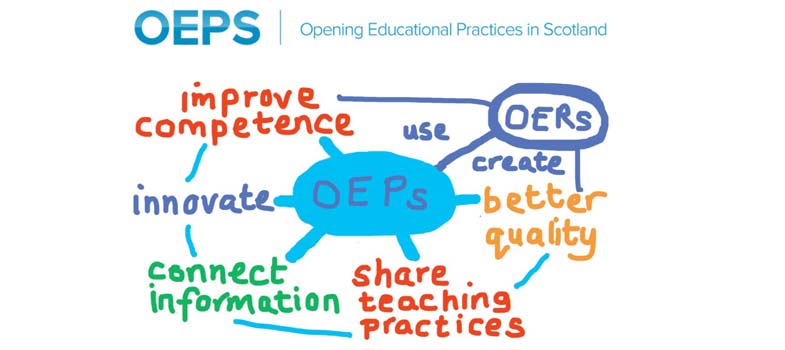2.1.1 Parasites everywhere!
Parasitic organisms exploit host resources for their development and reproduction. This lifestyle is successful, and it is widely recognised that there are more species of parasites than all non-parasite species combined. In aquatic ecosystems parasites can be found at each level of the food web, and in all taxonomic groups such as viruses, bacteria, fungi, oomycetes and so on. Figure 2 will give you a first glance of a few eukaryotic parasites, some of which will be described in more details later on in the course.

Figure 2 Diversity of eukaryotic pathogens and parasites of macro- and microalgae. (a) Macroscopic symptoms (arrow) caused by the obligate brown algal parasite Herpodiscus durvillaeae on blades of Durvillaea antartica (Reproduced with permision from Heesch et al., 2008). (b) Congo Red staining of different stages of the oomycete Eurychasma dicksonii infecting the genome model alga Ectocarpus siliculosus (arrows). (c) Chytrid infection of a Cyanobacteria, the chytrid is stained blue with calcofluor (picture courtesy of S. Rasconi) (d) Early stage of parasite Amoebophrya ceratii, a dinoflagellate infecting another dinoflagellate Scrippsiella sp. The host dinoflagellate’s theca was stained blue with calcofluor, the nucleus stained in red using propidium iodide and the parasite’s cytoplasm was revealed in green by TSA-FISH technique. Adapted from Gachon et al., 2010 [Tip: hold Ctrl and click a link to open it in a new tab. (Hide tip)] . Show description|Hide descriptionThe image is of four types of seaweed. Top left running clockwise it shows: green fronds of seaweed with brown discoloration; a microscope view of alga being infected by an oomycte stained in red; a microscope view of a dinoflagellate infecting another one; and another microscope view showing Chytrid infection of cyanobacteria.

